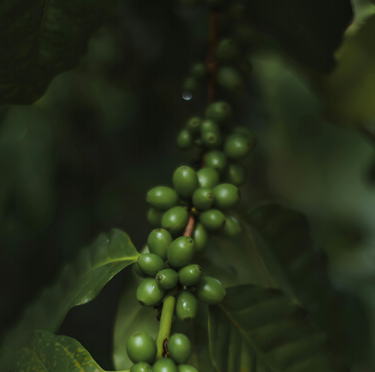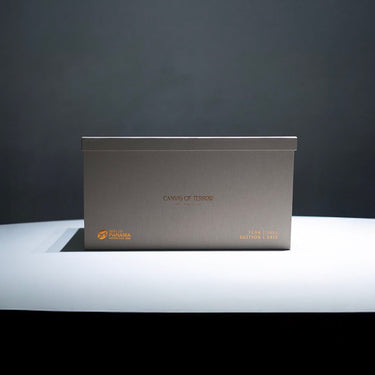Fancy yourself as an amateur barista? Experimenting with blending coffee beans for flavour enhancement is a fab way to unlock new and exciting coffee creations right from your very own kitchen.
Whether you're looking to mix up your usual coffee order or want to get more creative with your homemade brews, learning some essential tips on home coffee blending can help you whip up fresh, flavoursome coffee.
Step 1: Understanding Flavour Profiles
The secret to concocting a distinctive and balanced coffee blend is having a handle on how different beans influence flavour. Much like fine wines, coffees from around the world have their own complex tasting notes influenced by their origin, processing method, variety, and roast profile.
While it may sound complicated, getting to grips with basic coffee bean flavour profiles doesn’t have to be rocket science. A handy shortcut is knowing the difference between beans from the two main coffee plant varieties: Arabica and Robusta.
Arabica
Grown at high altitudes, these beans brew a more delicate, complex, and slightly acidic coffee. They bring bright, exciting flavours to the table, like chocolate, caramel, and berries. You’ll find that the majority of specialty coffee is Arabica.
Robusta
Mostly grown at lower altitudes, Robusta packs a punch with a full-bodied, earthy profile and woody undertones. It also has nearly double the caffeine kick as Arabica.
Once you understand the flavour contribution of each, the fun really begins.
Step 2: Finding Your Perfect Bean Matches
They say opposites attract, and the same rings true when matching beans for balanced, combinations. Aiming for a custom coffee roast blend that offers sweetness to balance acidity or richness to mellow bitterness is key. Here are some classic combinations to try:
-
African + Latin American - The fruitiness of an Ethiopian Arabica makes a perfect pairing with the cocoa notes of a Brazilian or Colombian.
-
Asian + Central American - Indonesian earthiness works wonders in tempering the inherent acidity of a bright Costa Rica or Guatemalan Arabica .
-
African Arabica + Robusta - Adding 10-30% Robusta to a fruity African Arabica can pump up body and crema for an espresso blend.
Don't be afraid to think outside the box, either. Unexpected mixes like Indonesian and Kenyan or Indian and Brazilian can also make magic.
Step 3: Blending for Balance
Once you've earmarked two or more candidates for your unique coffee taste creation, it's time to fine-tune percentages for a balanced brew. As a general rule of thumb:
-
Grab around 50g total for starter test batches
-
Choose one bean to be your base flavour, making up 50-70% of your mix
-
Add your second bean at 30-50% to be the key supporting act
-
Sprinkle in any wildcard beans at 0-20% to round out the blend, although this is optional
Step 4: Sample Your Blend
Once you've measured out the percentages of your bean blend, it's time to grind them fresh and brew a test batch. Use your preferred brew method like drip machine, French press, or espresso. Pay close attention as the flavours change at varying temperatures and
make notes on the taste profile so you can perfect your specialty blend.
Does it need more sweetness? Acidity? Body? Make small 10% adjustments to the bean ratios as needed between batches. In addition, experiment with multiple small test batches, continuing to tweak and retaste. With persistence and the right bean matches, your very own signature blend will be perfected in no time.
Blending Brilliance Starts with Beans from Rave Coffee
To truly master the art of custom coffee roast blending, you need exceptional beans! It’s our mission to bring fresh, ethically sourced beans from across the world straight to your doorstep.
Can't decide which beans to start blending? Take the guesswork out by trying our coffee taster packs! These curated sampler sets allow you to explore an assortment of our specialty-grade beans to discover new favourites.






